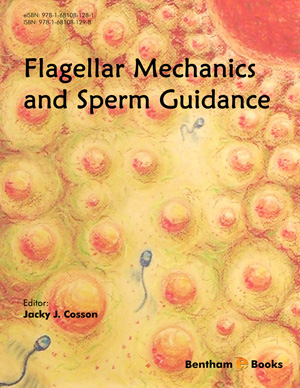Abstract
This Chapter deals with the “molecular anatomy of dyes” as referred by Gurr [1], as well as with some chemical characteristics and properties. Obviously, structural aspects of dyes and fluorochromes are often shared and then they should be viewed as valid for both. In addition to shape and size, the molecular anatomy includes a collection of geometrical values such as planarity, bond lengths, dihedral and torsional angles, as well as the occurrence of substituents such as anionic, cationic, hydrophobic, hydrogen bonding, reactive, and metal complexing groups. Some of these physico-chemical parameters can be numerically formulated [2-4] (see section 3.2 and Chapter 15.2.1). The interdisciplinary character of color chemistry (i.e. staining and fluorescence methodology, modern microscopical techniques, industrial and medicinal applications, photosensitizing processes, etc.) is a fascinating research field of increasing importance.
Keywords: Atomic orbitals, Auxochromes, Bond order, Chromophores, Conjugated double bonds, Energy transfer, Eosin Y, Ethidium, Fluorescein, Fluorescence quantum yield, Mesomeric forms, Mixed valence, Molecular orbitals, Prediction of fluorescence, QSAR, Traditional color chemistry.





